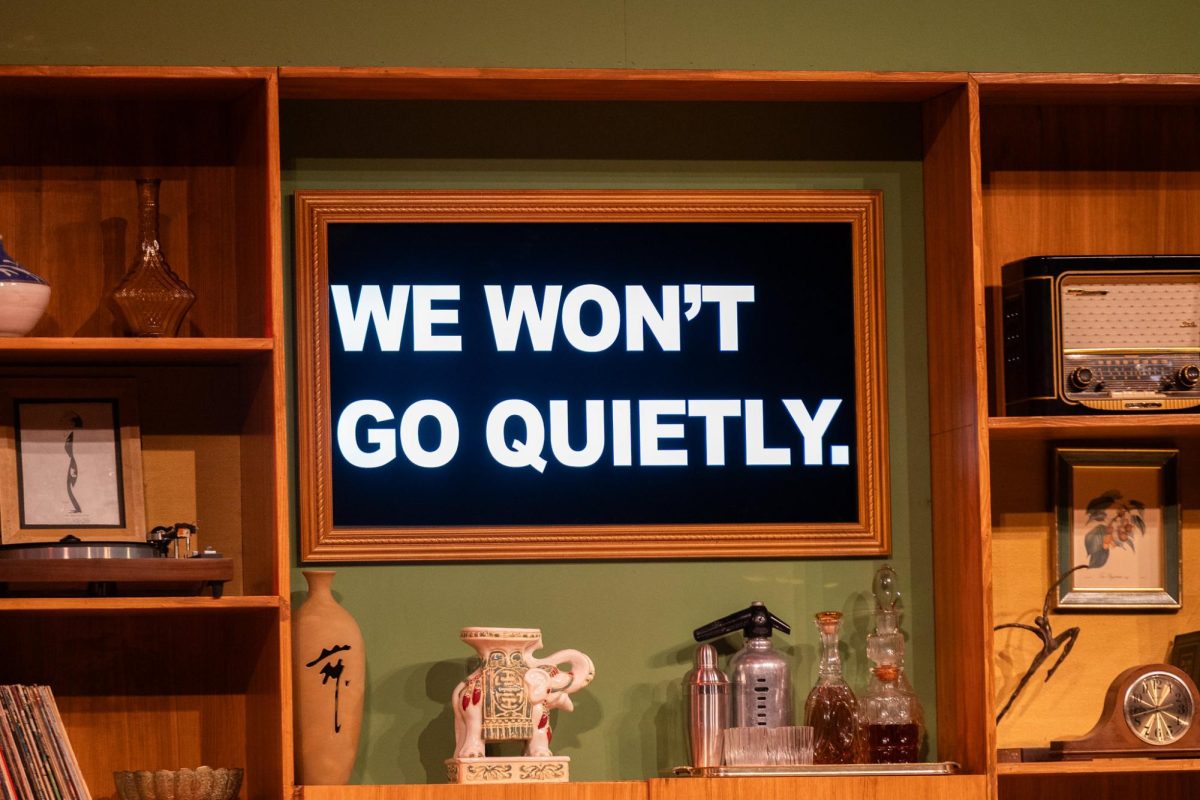Herbie Hancock, a professional jazz pianist and renowned composer who has contributed art and skill to the jazz movement in the 1960s, performed at Weill Hall, turning that majestic arena into a chamber full of the bright sounds of the piano, blaring synthesizers and improvisation that came straight from the soul.
The concert started around 6 p.m. on Saturday and contained indoor and outdoor seating. The hall was lit up only by a few purple lights and all that remained of the setting sun at that time of day.
Hancock approached the stage and the audience was thrilled to witness his entrance. On the stage was stationed a grand piano and an electric keyboard with four iPads mounted around it.
Hancock first sat at the piano and played a piece called “Footprints.” It was a piece full of minor-toned ambience and a few interludes and changes. He would be tapping a note as an establishment of groundwork for the measure while his other hand crept up and down the line of keys.
After this it faded down to a dead silence. With about two or three seconds of silence in between, he would brush his fingers across the low notes with quick cutoffs. Even with those brief pauses, one could still hear the sound of the piano resonating through the glorious Weill Hall.
Hancock created faces of awe through his solo-piano finger work as he slapped his fingers on to notes and smashed his hands into chords.
During his second piece, however, he did something a little fancier by fiddling with one of the iPads. It then played back an orchestrated loop of vibraphone clicks that served as a backing-track. Hancock took the song by the lead with the beautiful chaos of jazz scales and arpeggios whose notes droned and sounded through the theatre.
The loop played on and changed as strums of strings and percussion overdubbed the vibes. It was a very thoughtful way of playing music. The background noise created the setting while the lead instrument told the story with its ever-changing melody.
On finishing this piece, Hancock switched from the piano to the keyboard. It was a Korg brand which is specialized for sampling and MIDI (Musical Instrument Digital Interface). Hancock’s particular setup was a Kronos X model.
The next song piece was purely improvised and was also a completely different style. Using the different sound plugins on the MIDI keyboard, Hancock was able to create a background electronica beat dubbed with a funky wah-wah riff, deep slap bass and tooting trumpets all in loops.
He reached around back to pick up something and came right to the front stage going freestyle on a keytar. It was a whole different story with a different setting and even a different storyteller.
Hancock went into a whole new style with the next piece as he pressed the keyboard which emitted a solemn, synthesized chord. It grew into a celestial crescendo with sounds that almost sounded alien. He sang through a headset with a distorted auto-tone effect. His voice feeding out of the speakers in an effected din established a brilliant harmony with the instrumentals.
Hancock’s encore consisted of his very own compilation and perhaps his most famous one: “Chameleon.” It was a piece that he took to a whole new level with his stage presence and expertise of the keytar strapped over his shoulder. The white instrument shined in the fiery glow of the lights as he tapped away at that keyboard for measures upon measures of soloing.
Hancock’s music is sort of an industrial/jazz genre. He is an experimental artist that perhaps started off as a simpler piano-player, but grew more in tune with music which has changed and evolved over time.
“As a musician, I could really appreciate the incredible technique and style Hancock played with,” said music major Andrew Imani. “Going from style to style and using technology made me see that Herbie respects music as a whole.”
It is a music of innovative style that stays true to old roots. One minute, one would hear funky disco club hits, and the next minute one would feel as if they are in the middle of some New York noir as that cool, smooth piano jams on in the background.


































